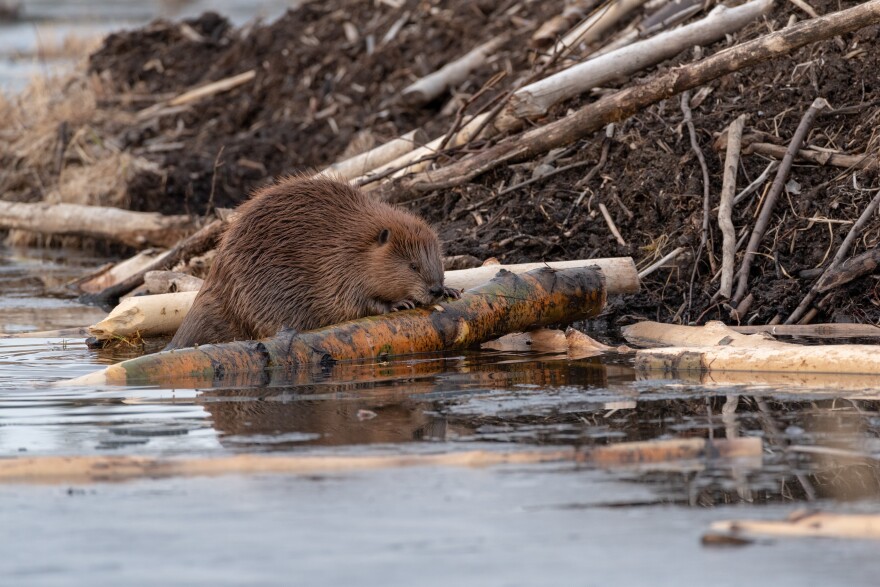Beavers once roamed the land and waters of what we now call Wisconsin in abundance. They were used for food and warmth. Their fur became an essential currency, especially once European settlers arrived. Trapping of beavers made it so that by about 1730, beavers were locally extinct along the coastline of Wisconsin.
Now, there are calls for beavers to return — not for their fur — but for the potential impact they could have on flood mitigation in the Milwaukee River watershed. A recent collaborative study between the Milwaukee Metropolitan Sewerage District, Milwaukee Riverkeeper and UW-Milwaukee analyzed the prospect of increased beavers on the watershed.
Bob Boucher is the founder of Milwaukee Riverkeeper and Qian Lao is an associate professor of civil and environmental engineering at UWM. They both worked on the study.
“This is the first time an entire watershed has been modeled to evaluate what the benefit would be if we had a restored population of beavers,” Boucher explains.
He says people often see the large aquatic rodents as destructive — cutting down trees and constructing dams in rivers. But Boucher says that perception comes from the fact that beaver populations aren’t as common as they were before being over trapped.
“If you had grown up with beavers and seen them your whole life, you would recognize that [their behavior] is a normal thing. But since they’ve been removed and removed for the most part for almost 300 years, they’re not ever written in a lot of river journals,” he says.
Lao says that beaver dams are effective at mitigating flooding for two reasons — they slow the flow of the river down and create space behind the dam for extra water to be held. That means areas downstream from the dam are better protected from large amounts of water quickly entering the Milwaukee River.
The report found that the Milwaukee River has the capacity for around 840 beaver colonies, which in total would be home to about 4,500 beavers.
“They have a capacity to store some excessive amount of storm water but also because the dam structure, which is not always built on a narrow section of the stream and they constricted the water flows, so the water flow is more regulated,” says Lao.
While Boucher hopes to bring back thriving populations of beavers back to the Milwaukee River, he says there are ecosystems in places like northern Minnesota where beavers are already getting to work and returning habitats back to how they existed hundreds of years ago. And the beavers are bringing friends with them — other animals and plant life that thrive on the slower, larger buildup of water behind the dams have flourished in areas where beavers have been reintroduced.
“In places where they’ve been fully recovered like some of the national parks, let’s say Voyageurs National Park, which is in northeast Minnesota, we have 32 beavers per square mile. They change the hydrology of rivers and that’s what’s really significant here,” says Boucher.







